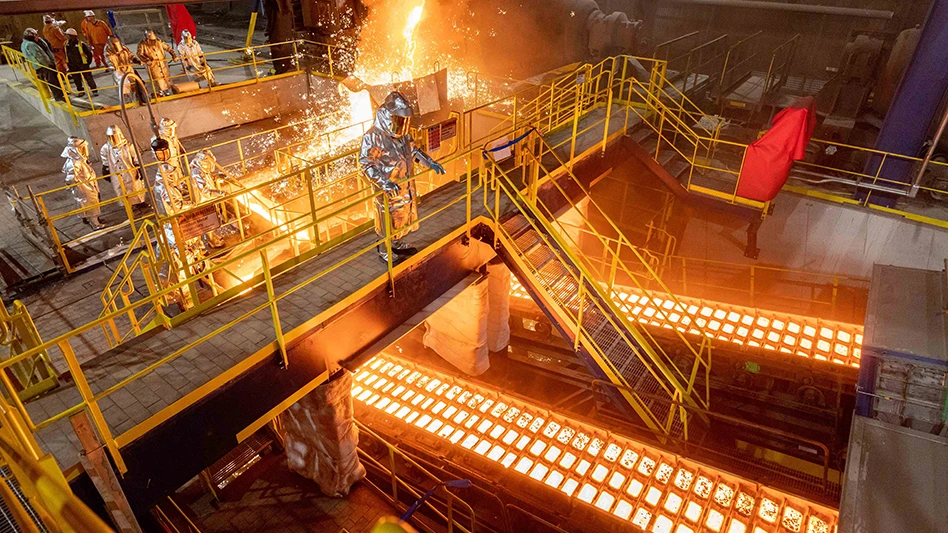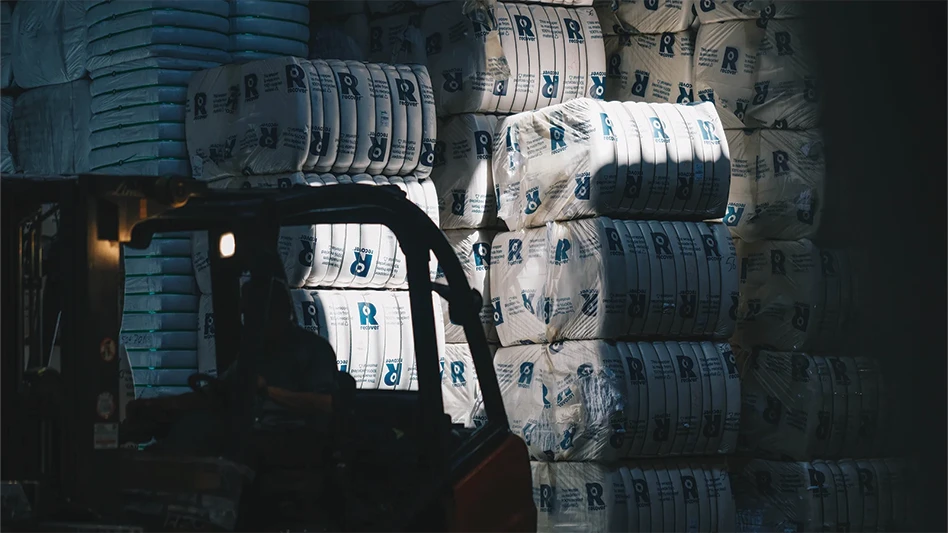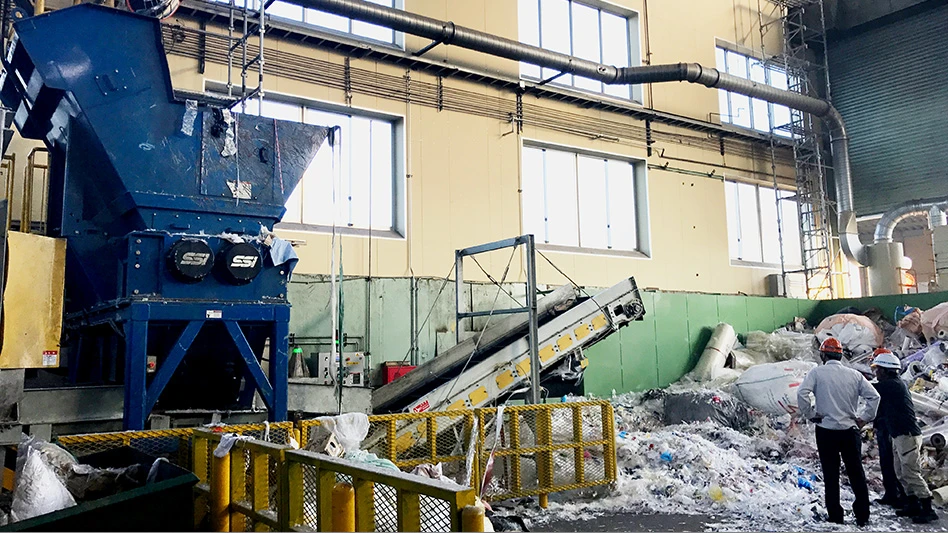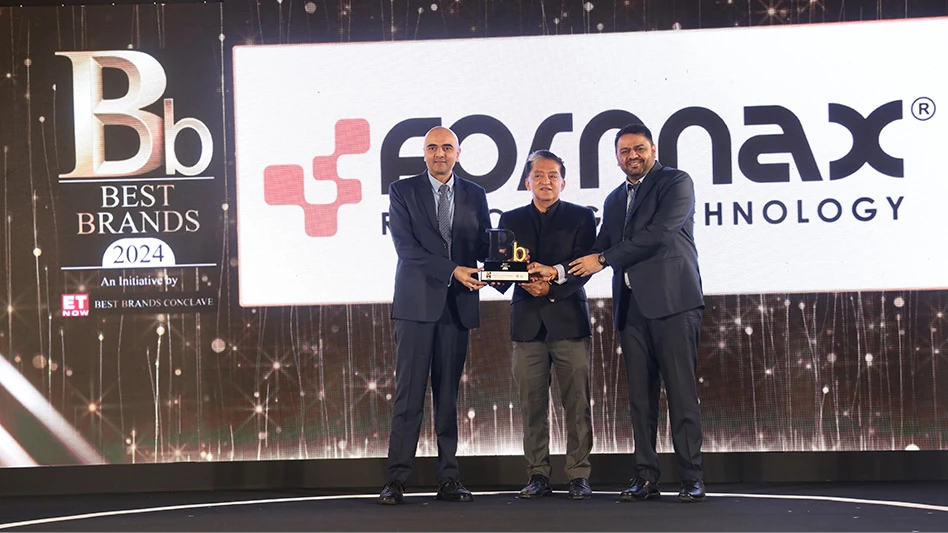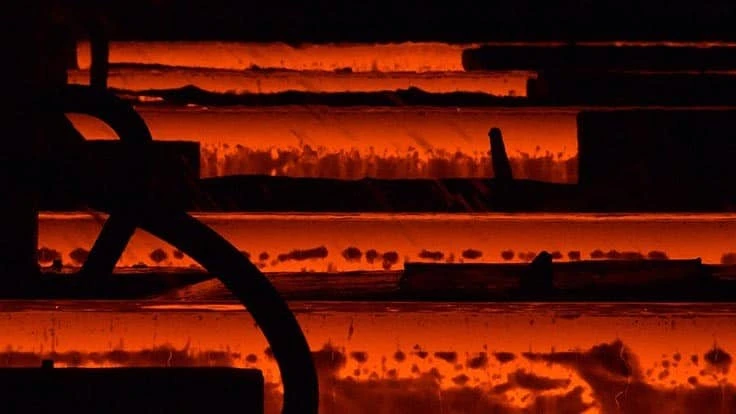
© Irochka - Dreamstime.com
Pittsburgh-based United States Steel Corp. has reported a $680 million net loss in the fourth quarter of 2019, wiping out gains it had made earlier in the year.
For the year, the steelmaker has reported a net loss of $642 million. The 2019 loss compares with full-year 2018 net earnings of more than $1.1 billion.
In addition to reporting the quarterly loss, in remarks accompanying its results U.S. Steel says it “expects the first quarter of 2020 to be the trough for the year due to the normal seasonality of our mining operations and lower first-quarter shipments in flat-rolled [steel] as the company prepares for the April blast furnace outage at Gary Works” in Indiana.
Despite the losses, U.S. Steel David B. Burritt says the company is on track with a major investment and repositioning plan. “We are pleased to deliver better than expected results to end the year and are excited to turn the page to 2020, where we will continue to transition the business toward our future,” he states.
He continues, “2019 was a year of notable strategic progress, and we took swift action to reposition the business.” He adds, “We achieved $75 million of run-rate fixed cost reductions, we demonstrated flexibility by adjusting our 2020 capital spending to prioritize strategic investments, and we de-risked strategy execution by raising $1.1 billion of incremental capital.”
In the year ahead, Burritt says the steelmaker “will take another step toward our world-competitive, ‘best of both’ strategy [as] we complete two important strategic projects: the electric arc furnace (EAF) at Tubular and our XG3 AHSS investment at our PRO-TEC joint venture.”
The investment in scrap-fed EAF technology is being made in Fairfield, Alabama, in U.S. Steel’s Tubular Division, while the PRO-Tec project involves a steel galvanizing facility in northwest Ohio.
Burritt also lists the U.S. Steel investment in Arkansas EAF steelmaker Big River Steel as a priority that ties into a U.S. Steel future where, “We won’t be the biggest steel company, but we will be the only ‘best of both’ steel company.”
The company’s “best of both” strategy refers to achieving a balance of maintaining its integrated or basic oxygen furnace (BOF) capacity along with growing its EAF capacity. (For additional information on that investment, see "Joining forces" in our January 2020 Scrap Metals Supplement.
Latest from Recycling Today
- Biden officially blocks Nippon Steel’s acquisition of US Steel
- Highland Sanitation awarded solid waste and recycling contract in Wanamingo, Minnesota
- Ecobat gathers support for California permit renewal
- RecyclX platform designed to provide materials transparency
- Turkish mills sampled wide scrap market in 2024
- GLE Scrap Metal acquires interest in Mallin Cos.
- 2024 marks strong year for Van Dyk
- Recycled metal portrayed as former dictator’s fiefdom

